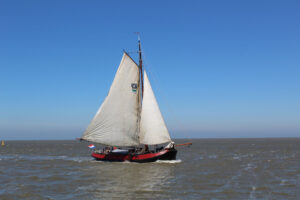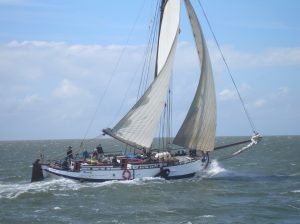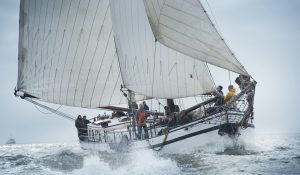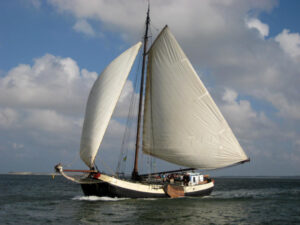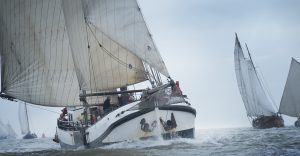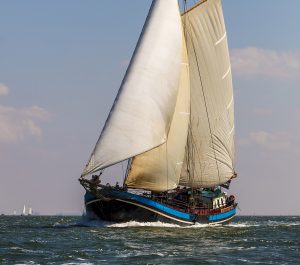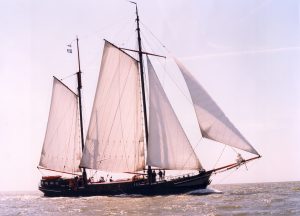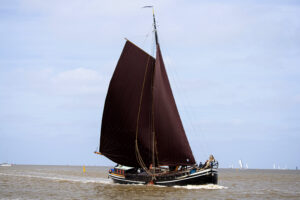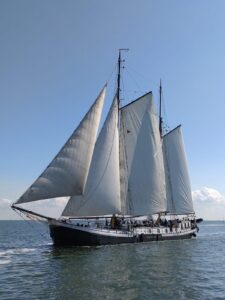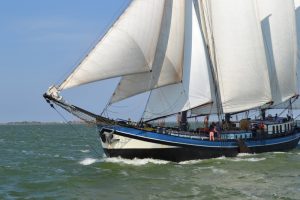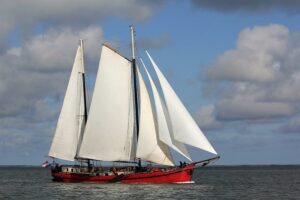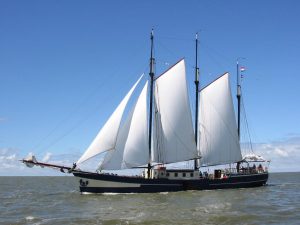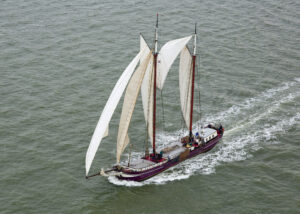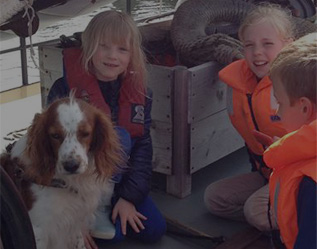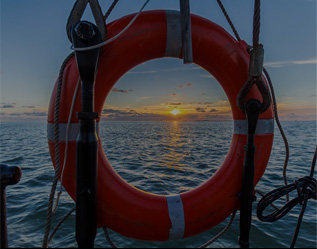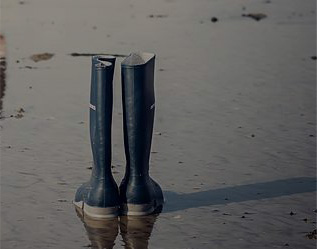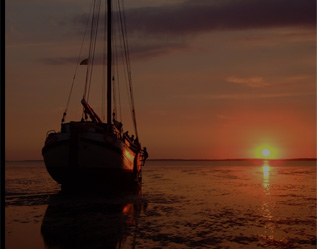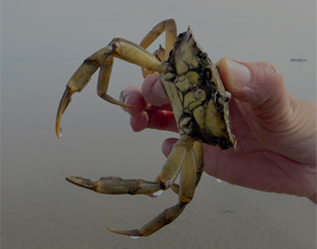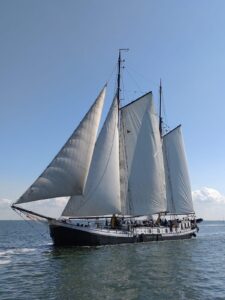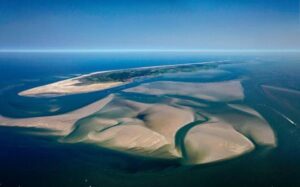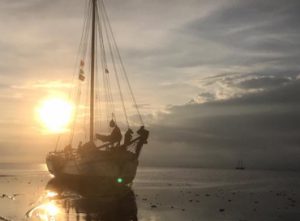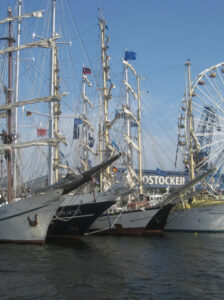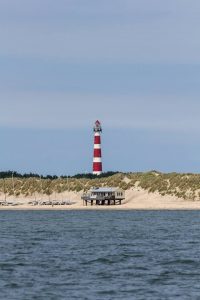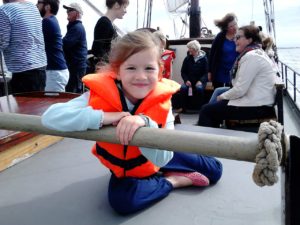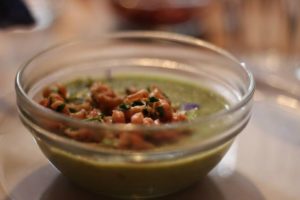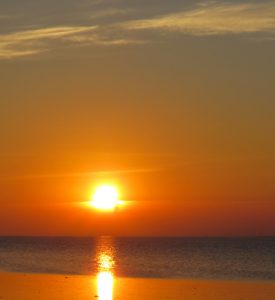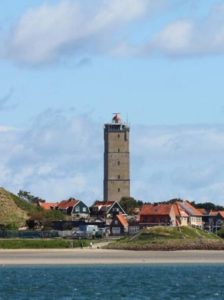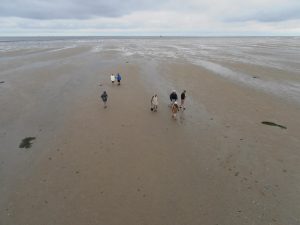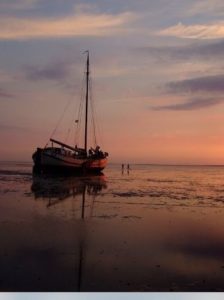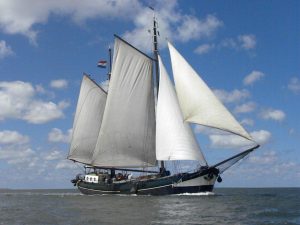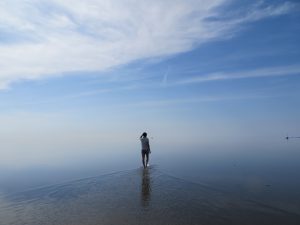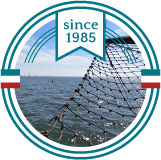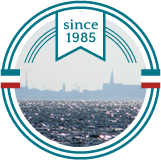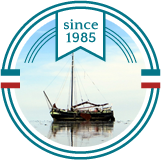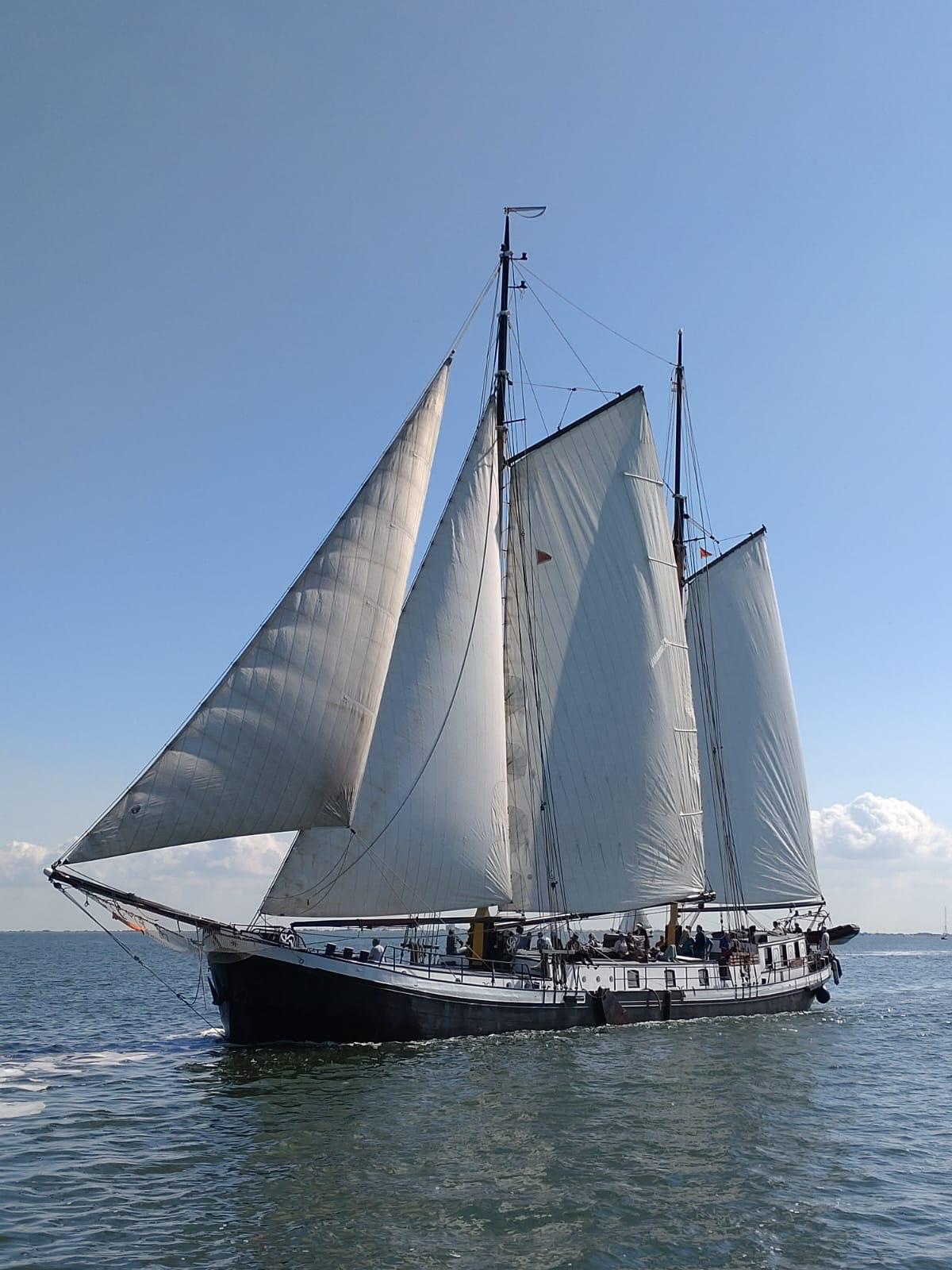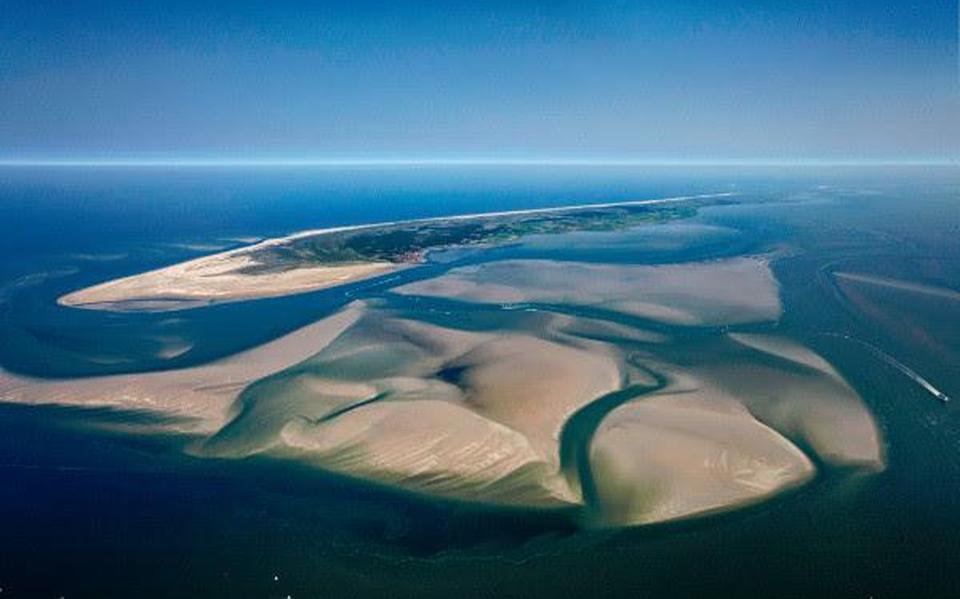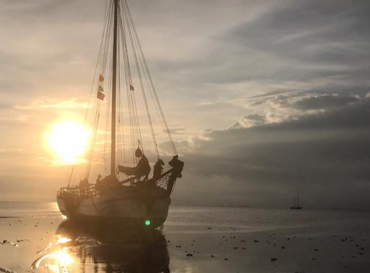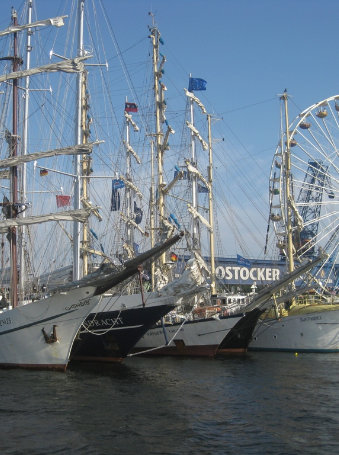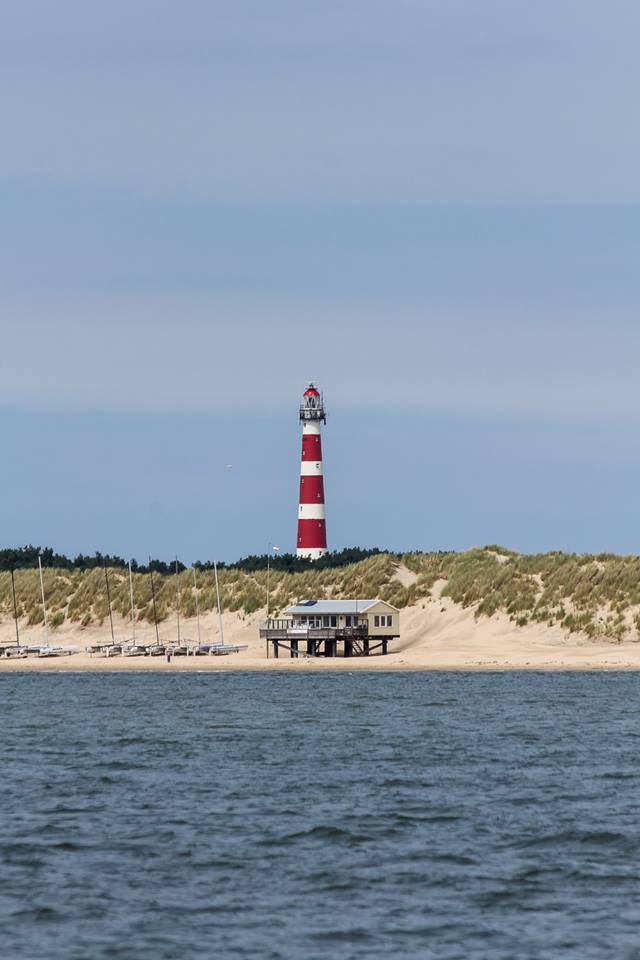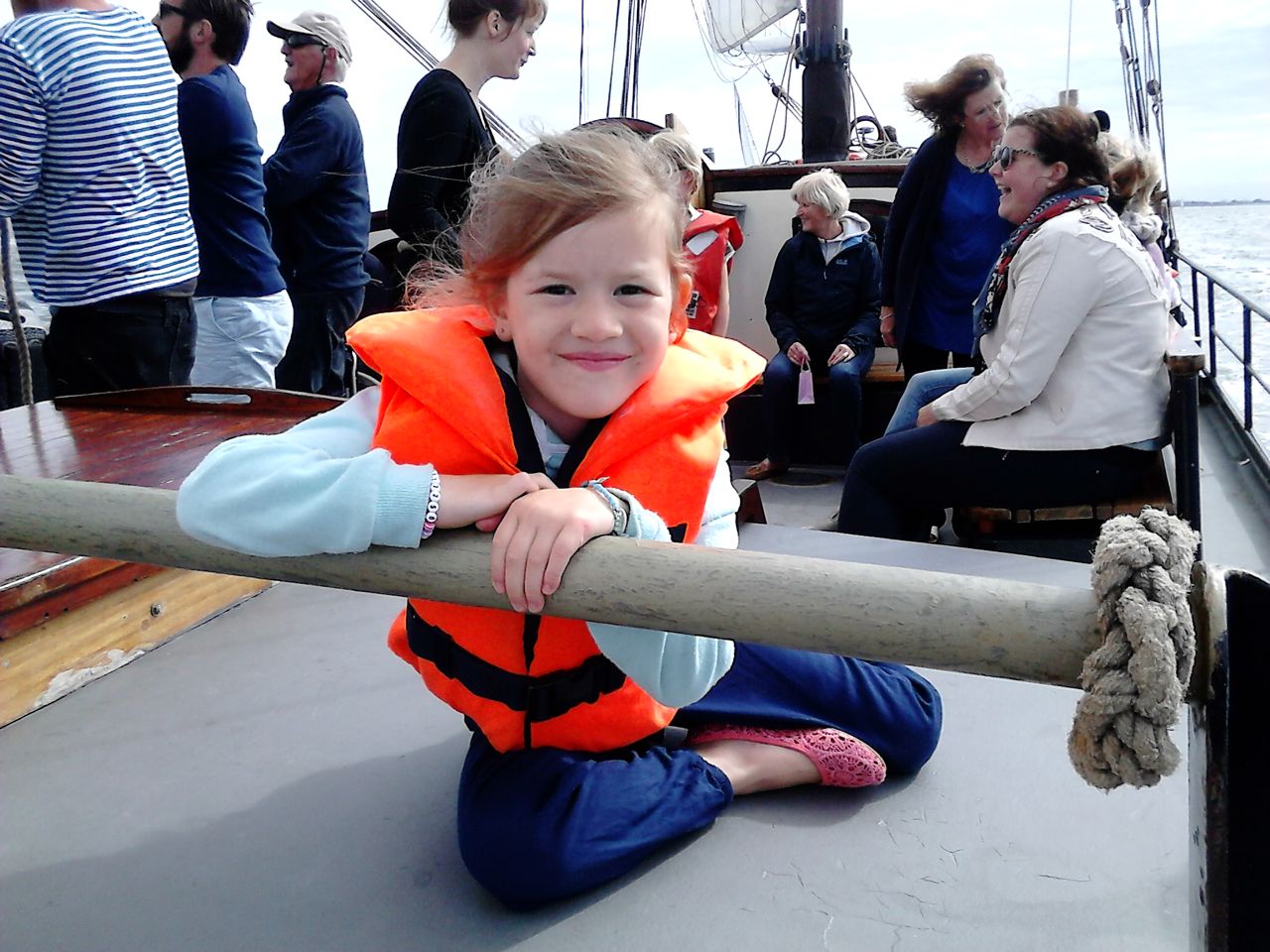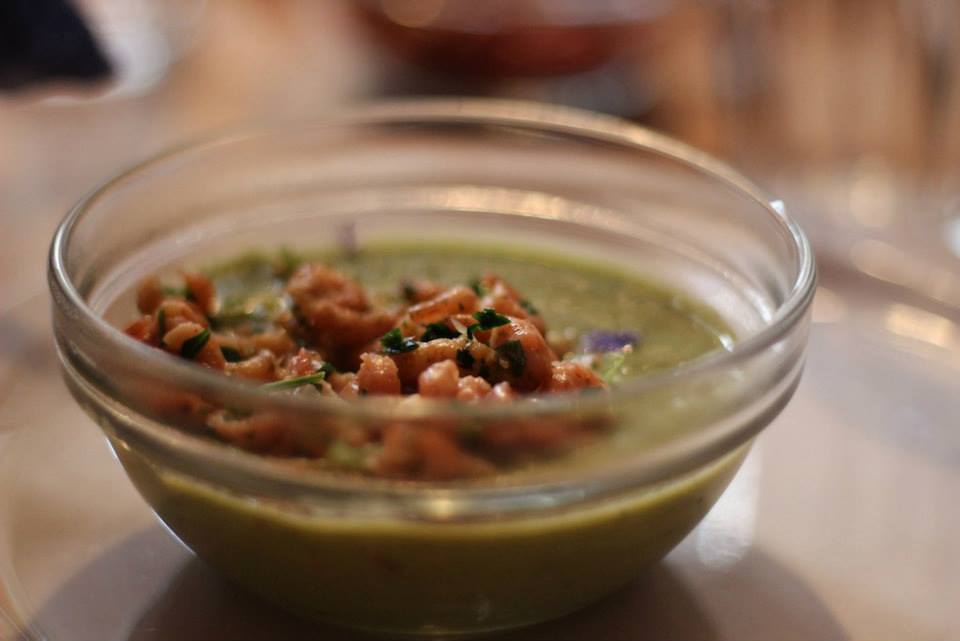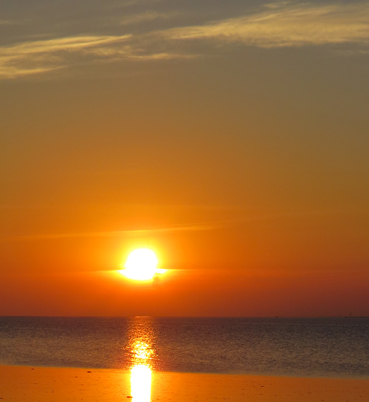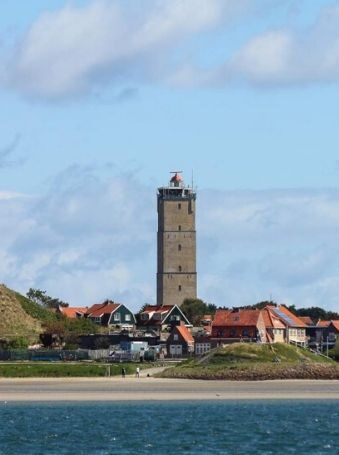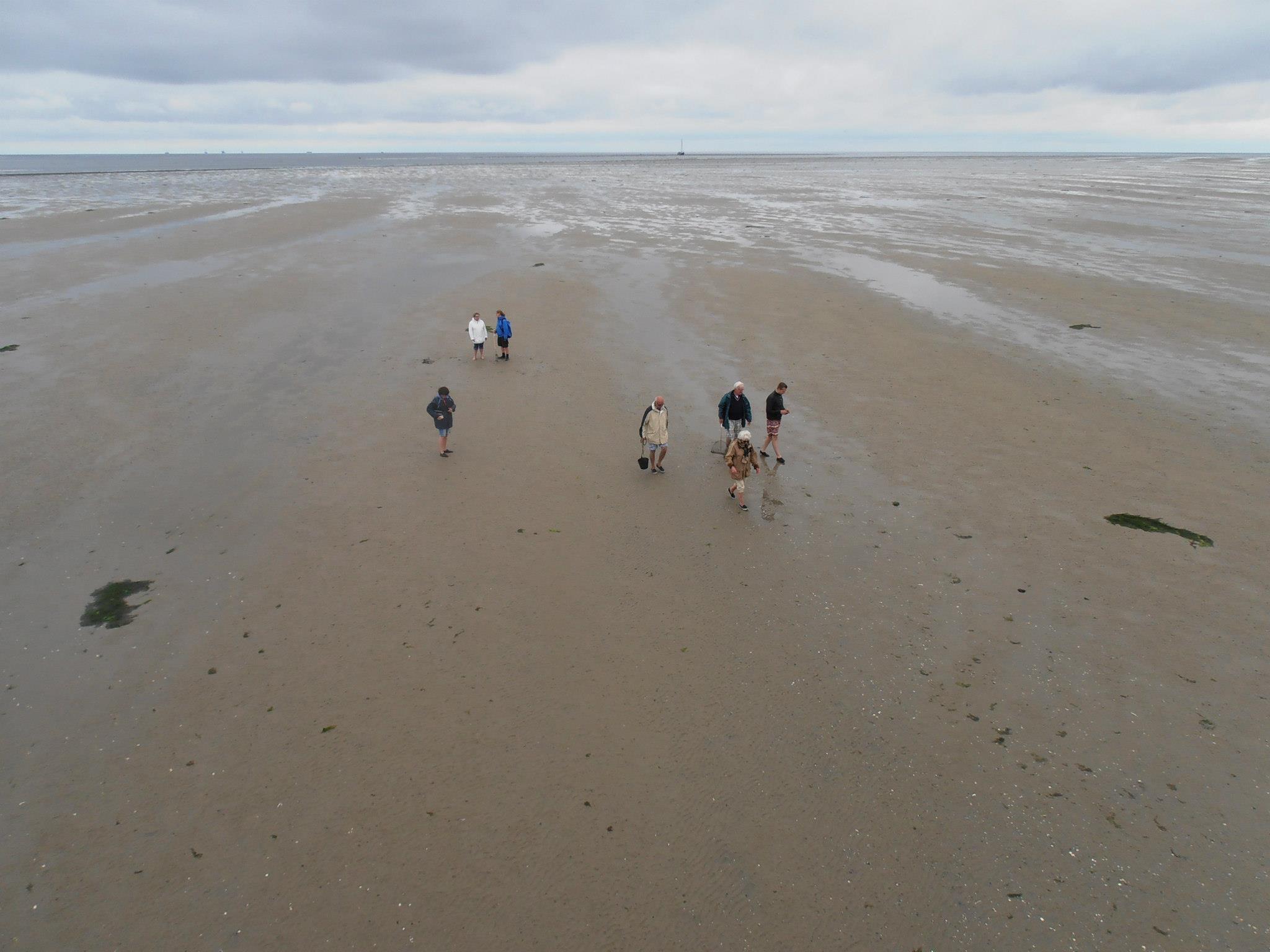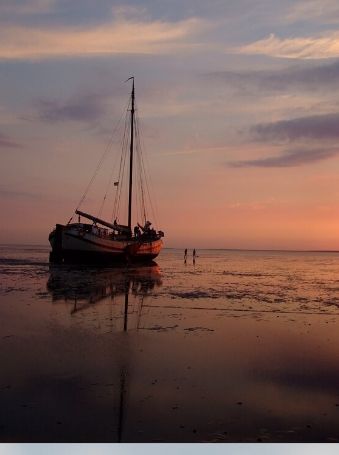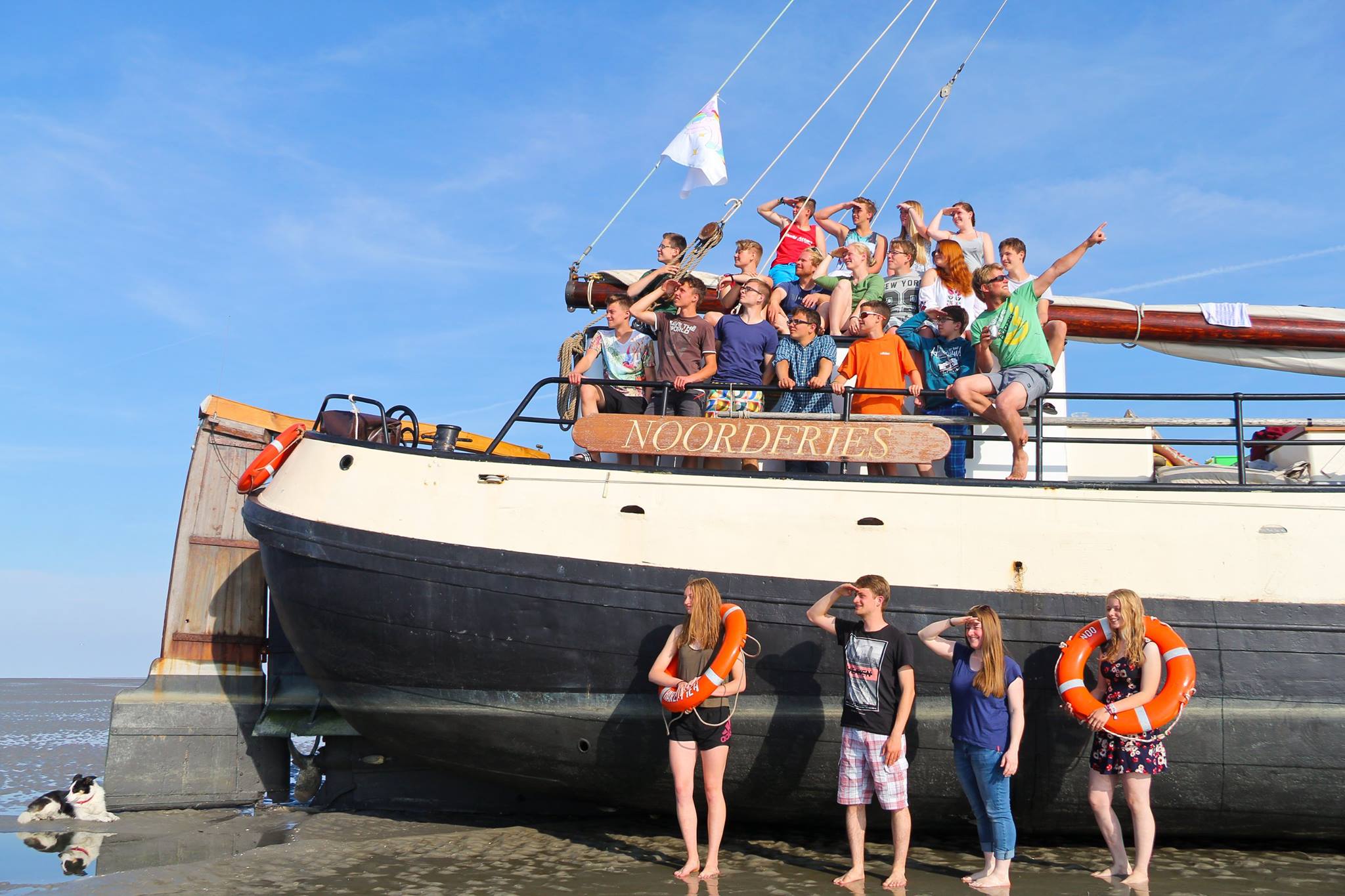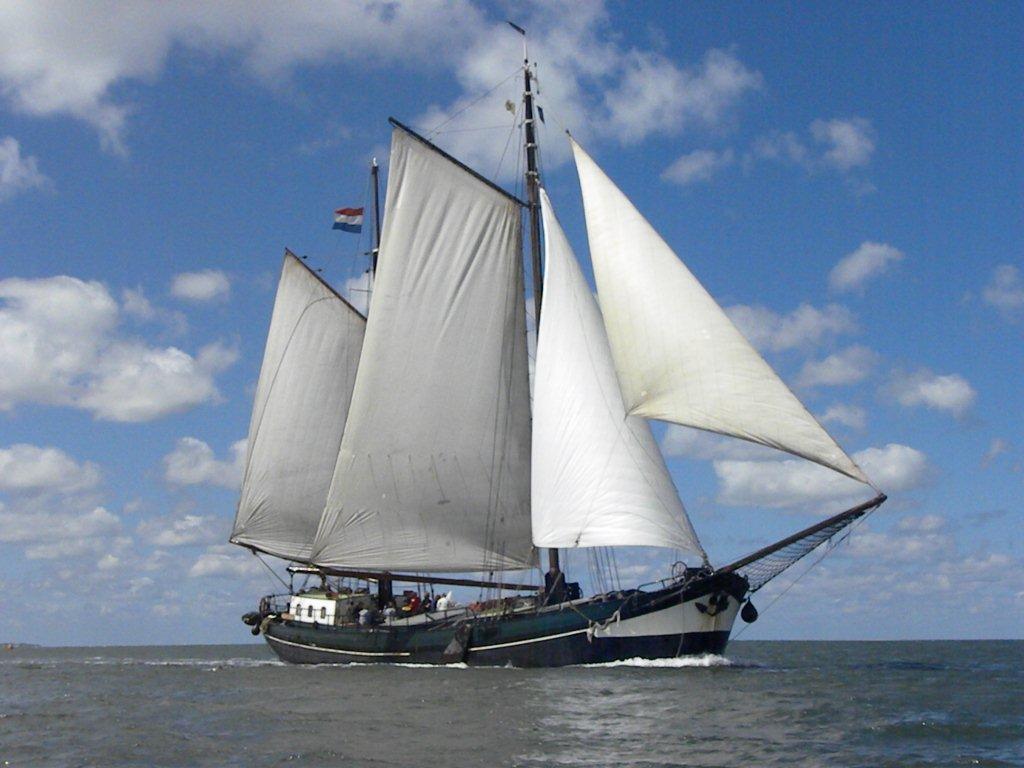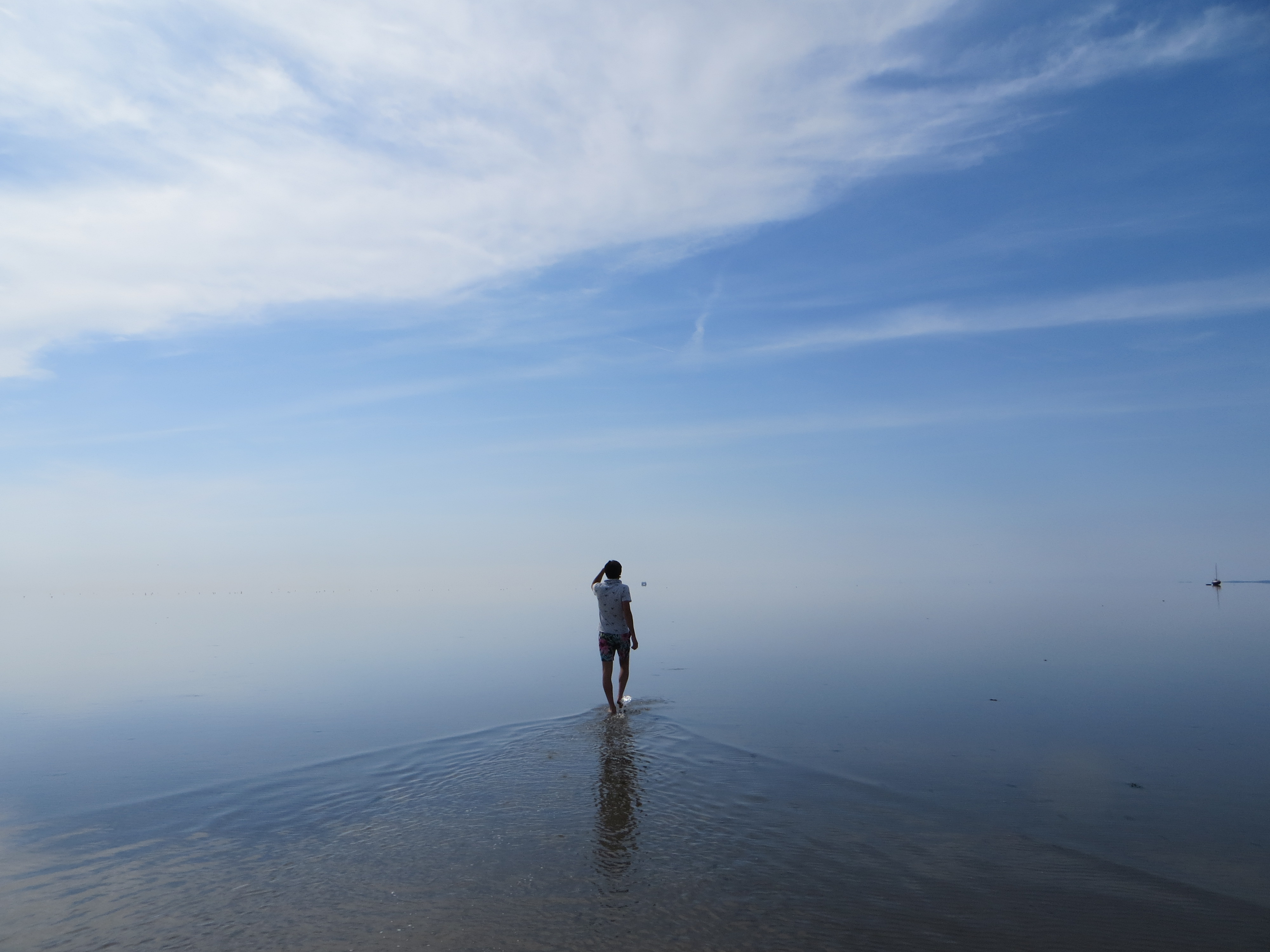Sailing on the Wadden Sea
World Heritage the Wadden

World Heritage the Wadden
WORLD HERITAGE THE WADDEN SEA In addition to a fantastic sailing area, the Wadden area is in the first place a unique nature reserve. The omnipresent great wealth of plants and animals, the sandbanks that dry out at low tide, the appearance of channels and arbors. Origin of the Wadden area.
About 5,000 years ago, so-called beach embankments or sandbanks were created in the North Sea. They were separated by trenches of tens of meters depth. Shortly after its creation, the beach ramparts were raised by drifting sand. That is how the first dunes appeared.
About 1000 years after Chr. these sand masses were swept away by the play of wind and sea. Inland, however, new dunes formed and gradually became overgrown. In this way a series of fifty elongated islands emerged along the Dutch, German and Danish coasts. Tidal area The international Wadden Sea, which extends over a length of 500 kilometers from Den Helder to Esbjerg in Denmark, is the largest tidal area in Europe. Every day it is ebb and flow twice. This wave movement is mainly caused by the attraction of the moon. At high tide, the water flows from the North Sea through the channels between the islands with great force into the Wadden Sea. This goes through wide channels that can be as deep as 40 meters at the start.
On the mudflats these channels branch off and as the water goes inland, the current becomes less strong. Water always remains in both the main and side channels, so even at low tide. This does not apply to the arbors because they are mostly dry. The arbors and the intermediate sandbanks together form the actual wadden.
Sea Seals also live in the Wadden Sea. In addition to the common seal, the gray seal also swims around in the Wadden Sea. Seals can mainly be seen on sandbanks with deep channels in the immediate vicinity. They can rest there and lie down in such a way that they can escape into the water quickly in the event of danger. The females also shed and suckle their young there. A seal eats around 5 kilos of flatfish (flounder / plaice) per day.
More Information? Call us:
+31(0)517413242
Ask your questions:
Contact page
Frequently asked questions
Question & answer

